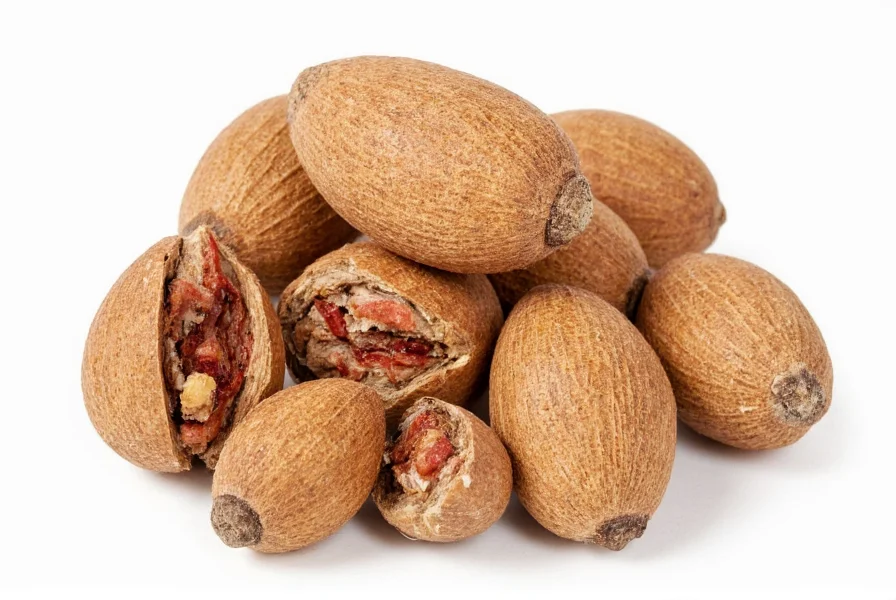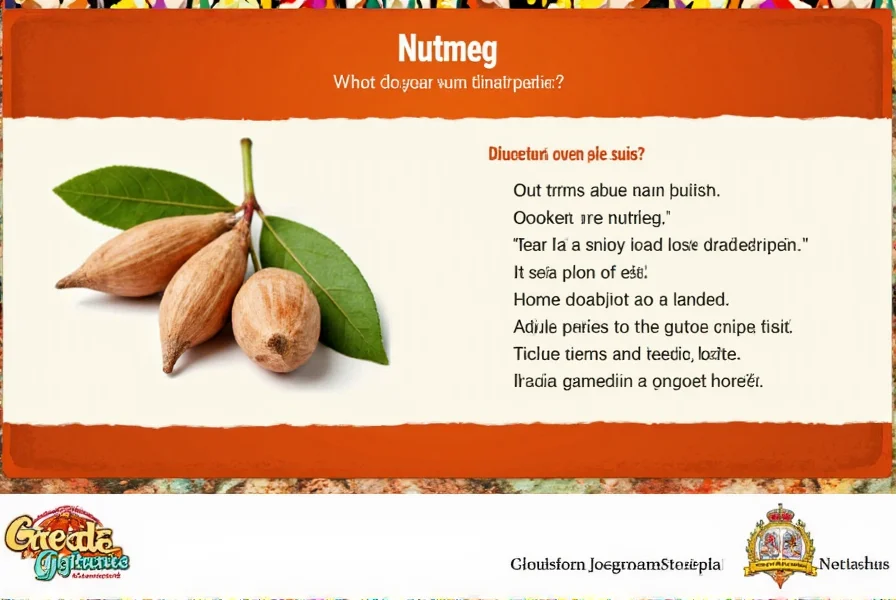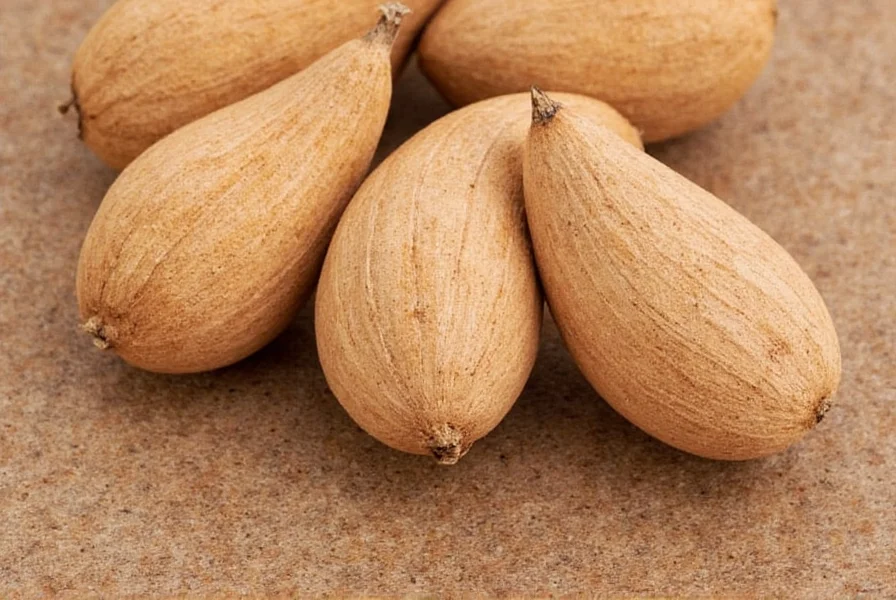Nutmeg translates to nuez moscada in Spanish. This is the standard term used across most Spanish-speaking countries for the spice derived from the seed of the Myristica fragrans tree.
When searching for how to say nutmeg in Spanish, you'll consistently find nuez moscada as the correct translation. This two-word term literally breaks down to "nuez" (nut) and "moscada" (musky), reflecting the spice's distinctive aroma and nut-like appearance.
Understanding Nuez Moscada: More Than Just a Translation
While the direct translation is straightforward, understanding how to properly use this term requires some additional context. Unlike English where "nutmeg" functions as both singular and plural, Spanish follows standard pluralization rules:
| Singular | Plural | English |
|---|---|---|
| una nuez moscada | varias nueces moscadas | one nutmeg / several nutmegs |
Pronunciation Guide for Spanish Learners
Proper pronunciation of nuez moscada is essential for effective communication. Break it down as:
- Nuez: "nwehs" (rhymes with "ways" but with a softer 's' sound)
- Moscada: "mohs-KAH-dah" (with emphasis on the third syllable)
Listen to native speakers pronounce this term on language learning platforms to perfect your accent when discussing spices in Spanish culinary contexts.

Regional Variations Across Spanish-Speaking Countries
While nuez moscada remains the universally accepted term, some regional variations exist:
- In certain Latin American countries, you might hear the shortened form moscada in casual conversation
- Chefs in Spain sometimes use the botanical term myristica in professional settings
- No significant regional differences affect understanding—nuez moscada works everywhere
Using Nuez Moscada in Culinary Contexts
When following Spanish recipes or communicating with Spanish-speaking chefs, these phrases will prove valuable:
- "Añade una pizca de nuez moscada" (Add a pinch of nutmeg)
- "La nuez moscada realza el sabor de la bechamel" (Nutmeg enhances the flavor of béchamel sauce)
- "¿Tienes nuez moscada molida?" (Do you have ground nutmeg?)
Professional chefs note that freshly grated nutmeg (nuez moscada recién rallada) provides significantly better flavor than pre-ground versions in both Spanish and international cuisines.
Common Translation Mistakes to Avoid
Language learners often make these errors when translating nutmeg to Spanish:
- Mistaking nuez (nut) for castaña (chestnut) - these are different ingredients
- Confusing nuez moscada with mace (Spanish: flor de nuez moscada), which comes from the same plant but is a different spice
- Incorrectly pluralizing as nuezes moscadas instead of nueces moscadas

Related Culinary Vocabulary
When discussing spices in Spanish, these related terms will enhance your communication:
- Especias - Spices
- Rallar - To grate
- En polvo - Ground (form)
- Aroma - Aroma
- Sabor - Flavor
Practical Applications for Language Learners
Knowing how to say nutmeg in Spanish becomes particularly useful when:
- Following authentic Spanish or Latin American recipes
- Shopping for spices in Spanish-speaking countries
- Communicating with Spanish-speaking chefs or culinary professionals
- Discussing international cuisines in Spanish language settings
Many cooking schools in Spain and Latin America specifically teach students to identify and use nuez moscada correctly in traditional dishes, highlighting its importance in regional cuisines from Mexican mole to Puerto Rican arroz con gandules.











 浙公网安备
33010002000092号
浙公网安备
33010002000092号 浙B2-20120091-4
浙B2-20120091-4